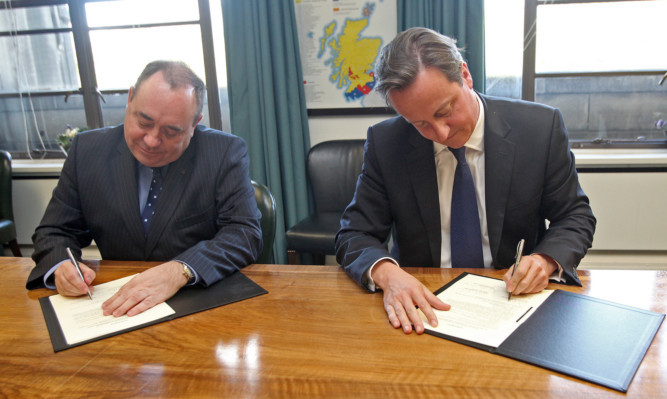THE CAMPAIGN for independence faces a considerable challenge to convince Scotland to vote yes but has a sizeable base of undecided voters to build on, a polling company said.
The signing of the Edinburgh Agreement in October which handed Scotland legal power to stage the referendum in 2014 saw a 5% drop in people who intend to vote no and a corresponding 5% rise in those who are undecided, TNS BMRB found.
Support for independence has remained fairly steady since October, at around 28%, while support for maintaining the UK has dropped from 53% to 48%.The number of people who do not know how they will vote rose from 19% to 24%.
The latest polling report by TNS BMRB said: “The main effect of the Edinburgh Agreement between Cameron and Salmond in October was an increase in the undecideds and slight decline in support from its peak of 53%, rather than any more positive influence on opinion.
“Similarly, the recent debate around automatic EU membership or not following independence has had no adverse effect on levels of support.
“While this gives the Yes campaign a sizeable base on which to build and a significant 24% undecided to attempt to win over, the gap of 20% remains large and, if the opposition is consolidating at around 48% the challenge is considerable.”
